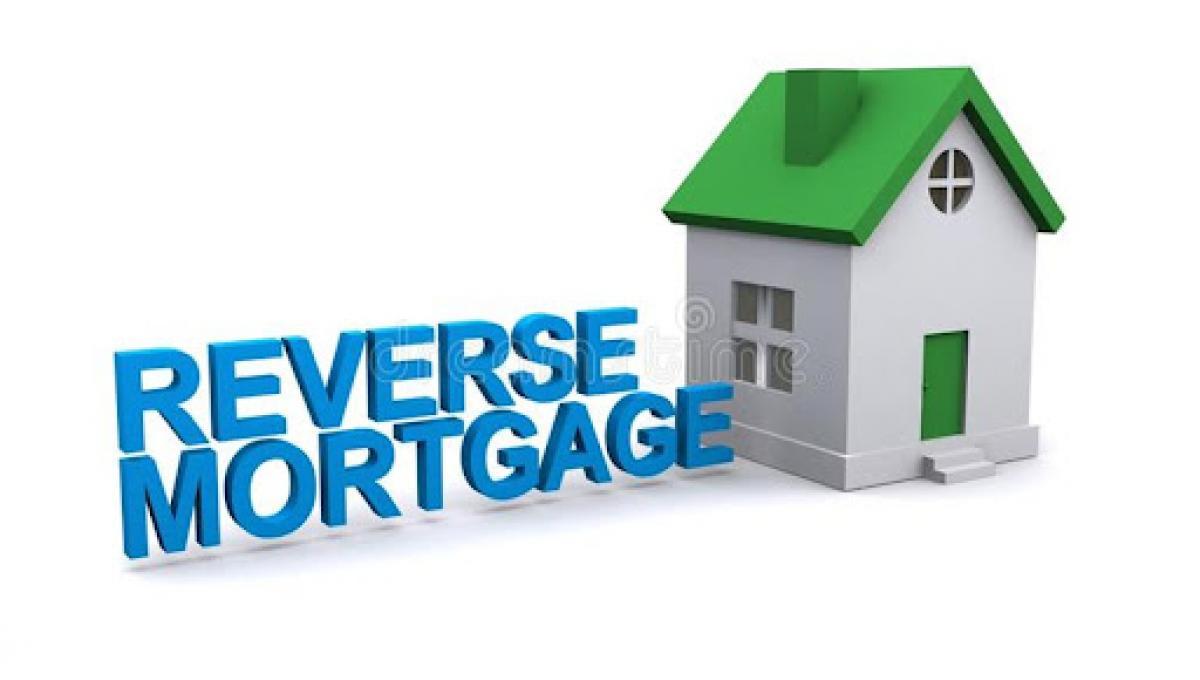What Is a Refinance?
A refinance, or "refi" for short, refers to the process of revising and replacing the terms of an existing credit agreement, usually as it relates to a loan or mortgage. When a business or an individual decides to refinance a credit obligation, they effectively seek to make favorable changes to their interest rate, payment schedule, and/or other terms outlined in their contract. If approved, the borrower gets a new contract that takes the place of the original agreement.
Borrowers often choose to refinance when the interest-rate environment changes substantially, causing potential savings on debt payments from a new agreement.
KEY TAKEAWAYS
- A refinance occurs when the terms of an existing loan, such as interest rates, payment schedules, or other terms, are revised.
- Borrowers tend to refinance when interest rates fall.
- Refinancing involves the re-evaluation of a person or business’s credit and repayment status.
- Consumer loans often considered for refinancing include mortgage loans, car loans, and student loans.
How a Refinance Works
Consumers generally seek to refinance certain debt obligations in order to obtain more favorable borrowing terms, often in response to shifting economic conditions. Common goals from refinancing are to lower one's fixed interest rate to reduce payments over the life of the loan, to change the duration of the loan, or to switch from a fixed-rate mortgage to an adjustable-rate mortgage (ARM) or vice versa.
Borrowers may also refinance because their credit profile has improved, because of changes made to their long-term financial plans, or to pay off their existing debts by consolidating them into one low-priced loan.
The most common motivation for refinancing is the interest-rate environment. Because interest rates are cyclical, many consumers choose to refinance when rates drop. National monetary policy, the economic cycle, and market competition can be key factors causing interest rates to increase or decrease for consumers and businesses. These factors can influence interest rates across all types of credit products, including both non-revolving loans and revolving credit cards. In a rising-rate environment, debtors with variable-interest-rate products end up paying more in interest; the reverse is true in a falling-rate environment.
In order to refinance, a borrower must approach either their existing lender or a new one with the request and complete a new loan application. Refinancing subsequently involves re-evaluating an individual's or a business' credit terms and financial situation. Consumer loans typically considered for refinancing include mortgage loans, car loans, and student loans.
Businesses may also seek to refinance mortgage loans on commercial properties. Many business investors will evaluate their corporate balance sheets for business loans issued by creditors that could benefit from lower market rates or an improved credit profile.
Types of Refinancing
There are several types of refinancing options. The type of loan a borrower decides to get depends on the needs of the borrower. Some of these refinancing options include:
- Rate-and-term refinancing: This is the most common type of refinancing. Rate-and-term refinancing occurs when the original loan is paid and replaced with a new loan agreement that requires lower interest payments.
- Cash-out refinancing: Cash-outs are common when the underlying asset that collateralizes the loan has increased in value. The transaction involves withdrawing the value or equity in the asset in exchange for a higher loan amount (and often a higher interest rate). In other words, when an asset increases in value on paper, you can gain access to that value with a loan rather than by selling it. This option increases the total loan amount but gives the borrower access to cash immediately while still maintaining ownership of the asset.
- Cash-in refinancing: A cash-in refinance allows the borrower to pay down some portion of the loan for a lower loan-to-value (LTV) ratio or smaller loan payments.
- Consolidation refinancing: In some cases, a consolidation loan may be an effective way to refinance. A consolidation refinancing can be used when an investor obtains a single loan at a rate that is lower than their current average interest rate across several credit products. This type of refinancing requires the consumer or business to apply for a new loan at a lower rate and then pay off existing debt with the new loan, leaving their total outstanding principal with substantially lower interest rate payments.
The Pros and Cons of Refinancing
-
You can get a lower monthly mortgage payment and interest rate.
-
You can convert an adjustable interest rate to a fixed interest rate, gaining predictability and possible savings.
-
You can acquire an influx of cash for a pressing financial need.
-
You can set a shorter loan term, allowing you to save money on total interest paid.
-
If your loan term is reset to its original length, your total interest payment over the life of the loan may outweigh what you save at the lower rate.
-
If interest rates drop, you won’t get the benefit with a fixed-rate mortgage unless you refinance again.
-
You may reduce the equity you hold in your home.
-
Your monthly payment increases with a shorter loan term, and you have to pay closing costs on the refinance.
Example of Refinancing
Here's a hypothetical example of how refinancing works. Let’s say Jane and John have a 30-year fixed-rate mortgage. The interest they’ve been paying since they first locked in their rate 10 years ago is 8%. Because of economic conditions, interest rates drop. The couple reaches out to their bank and is able to refinance their existing mortgage at a new rate of 4%. This allows Jane and John to lock in a new rate for the next 20 years while lowering their regular monthly mortgage payment. If interest rates drop again in the future, they may be able to refinance again to further lower their payments.
Mortgage lending discrimination is illegal. If you think you've been discriminated against based on race, religion, sex, marital status, use of public assistance, national origin, disability, or age, there are steps you can take. One such step is to file a report to the Consumer Financial Protection Bureau or with the U.S. Department of Housing and Urban Development (HUD).1
Corporate Refinancing
Corporate refinancing is the process through which a company reorganizes its financial obligations by replacing or restructuring existing debts. Corporate refinancing is often done to improve a company's financial position and can also be done while a company is in distress with the help of debt restructuring. Corporate refinancing often involves calling in older issues of corporate bonds, whenever possible, and issuing new bonds at lower interest rates.





